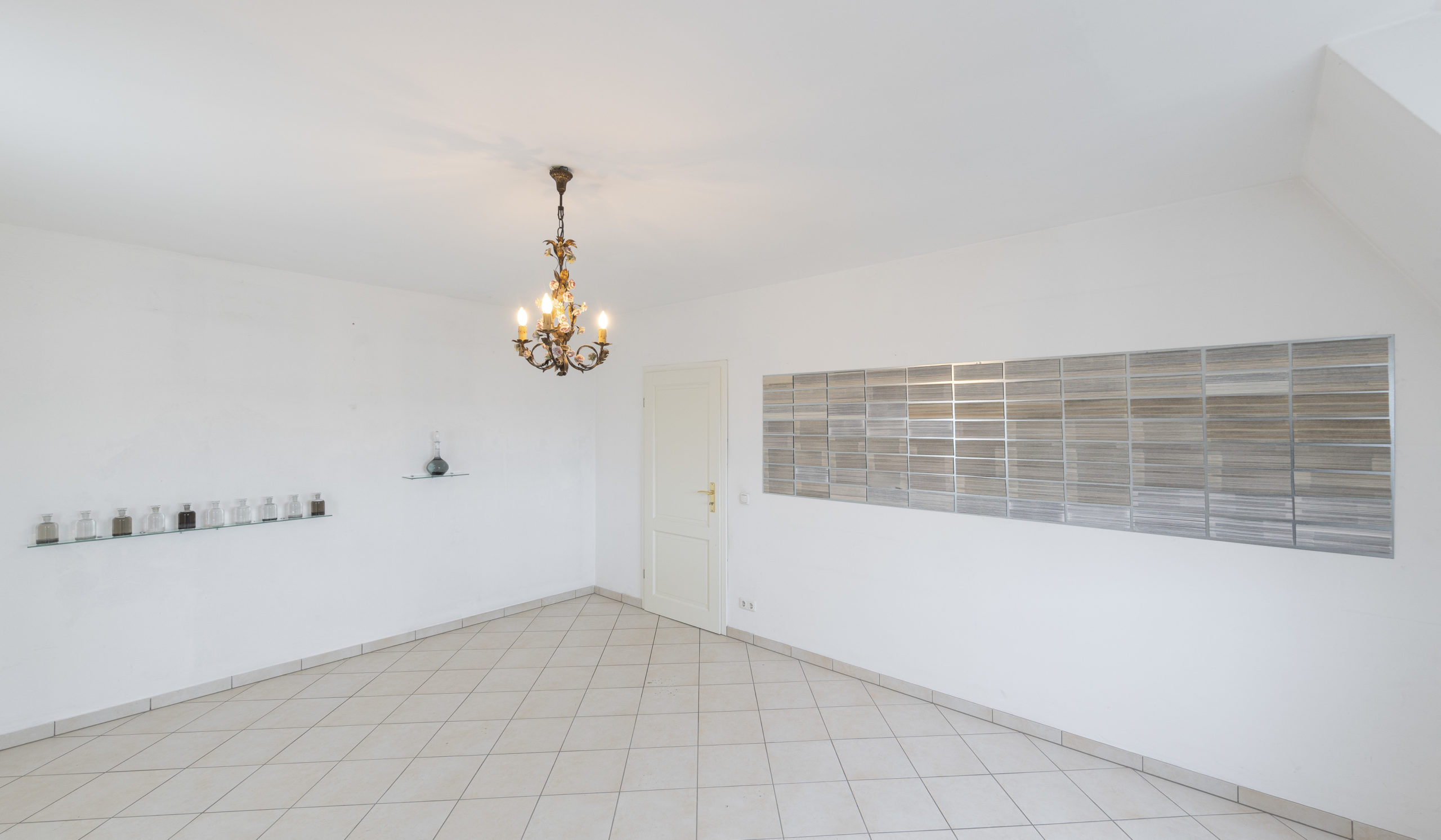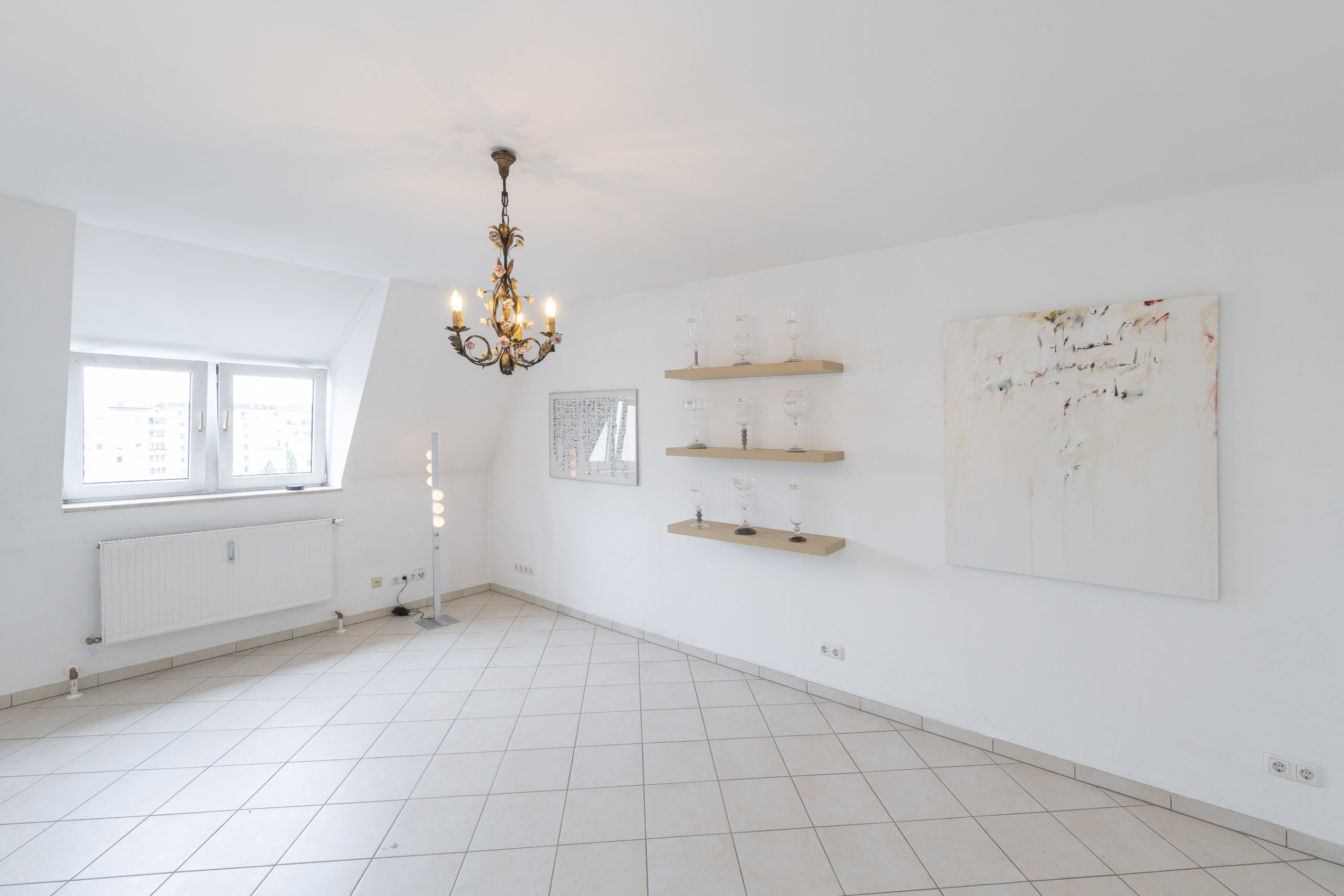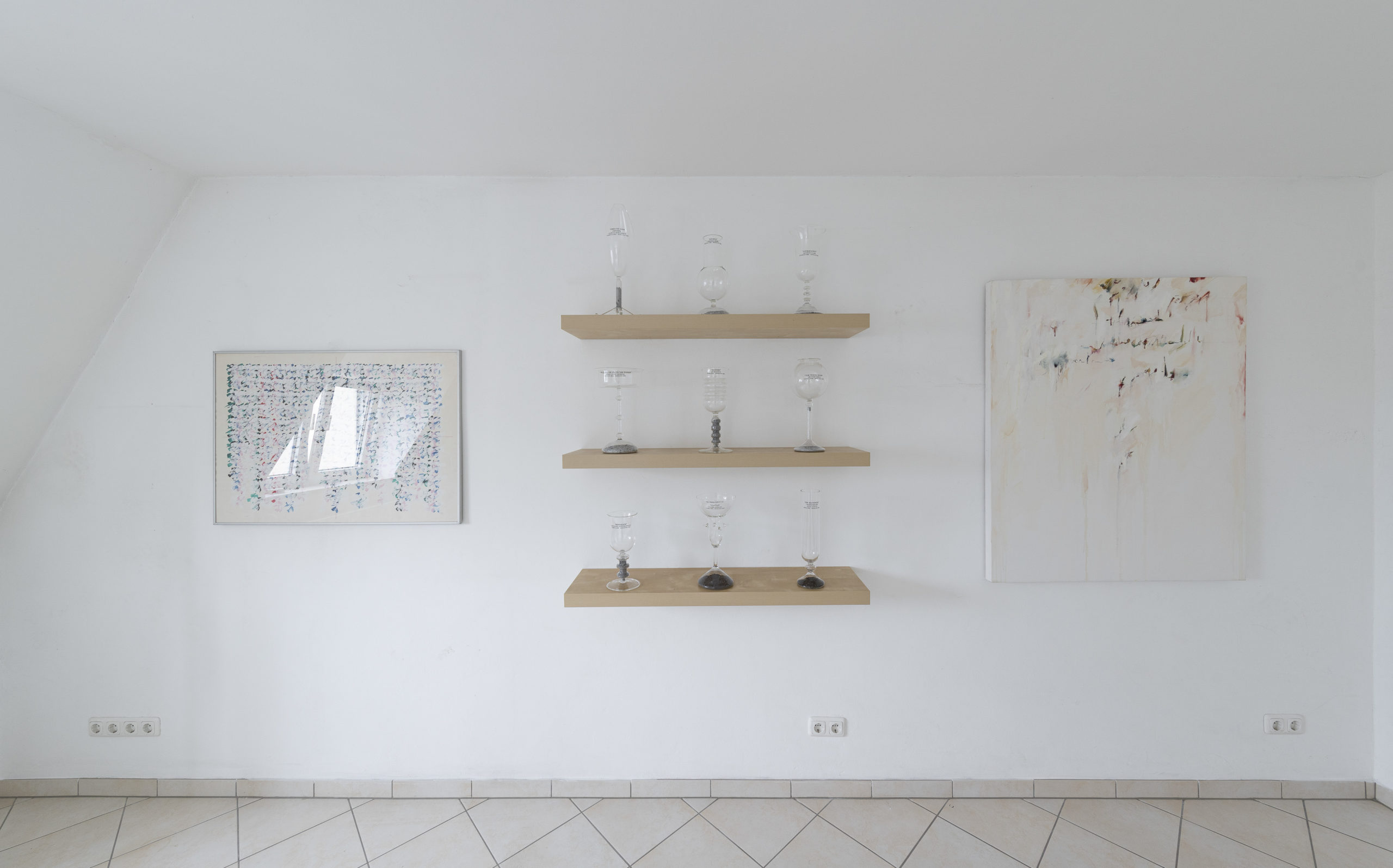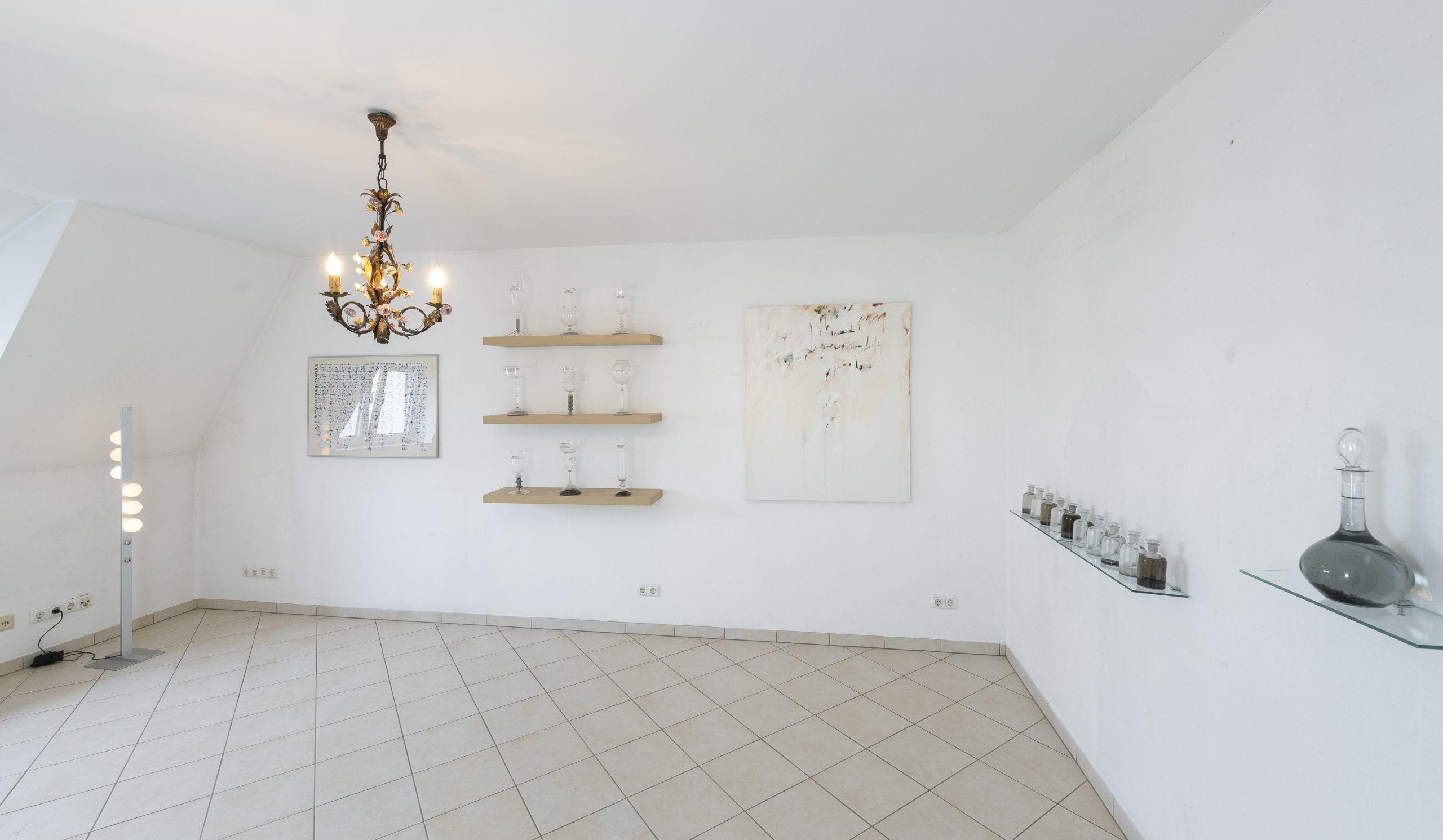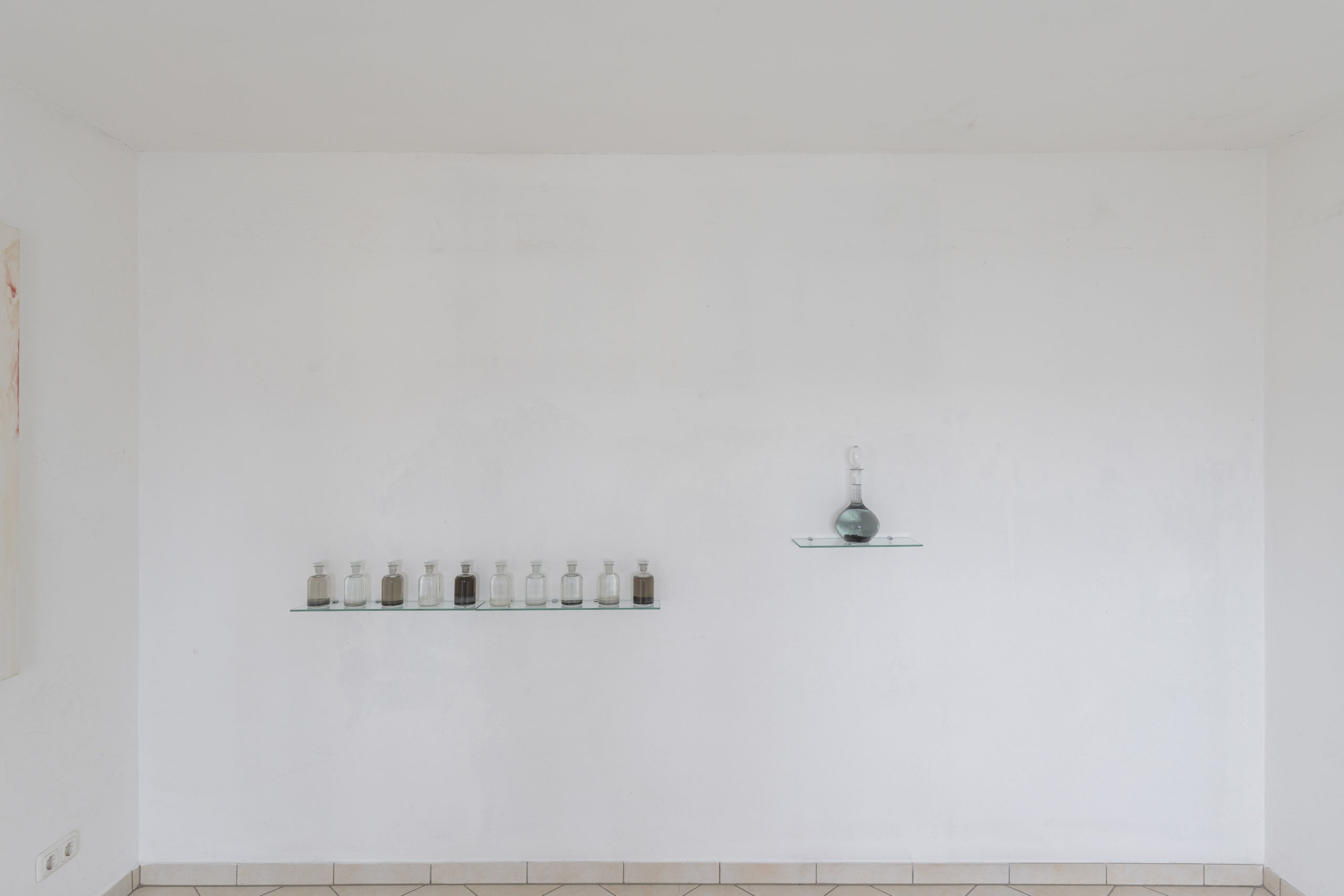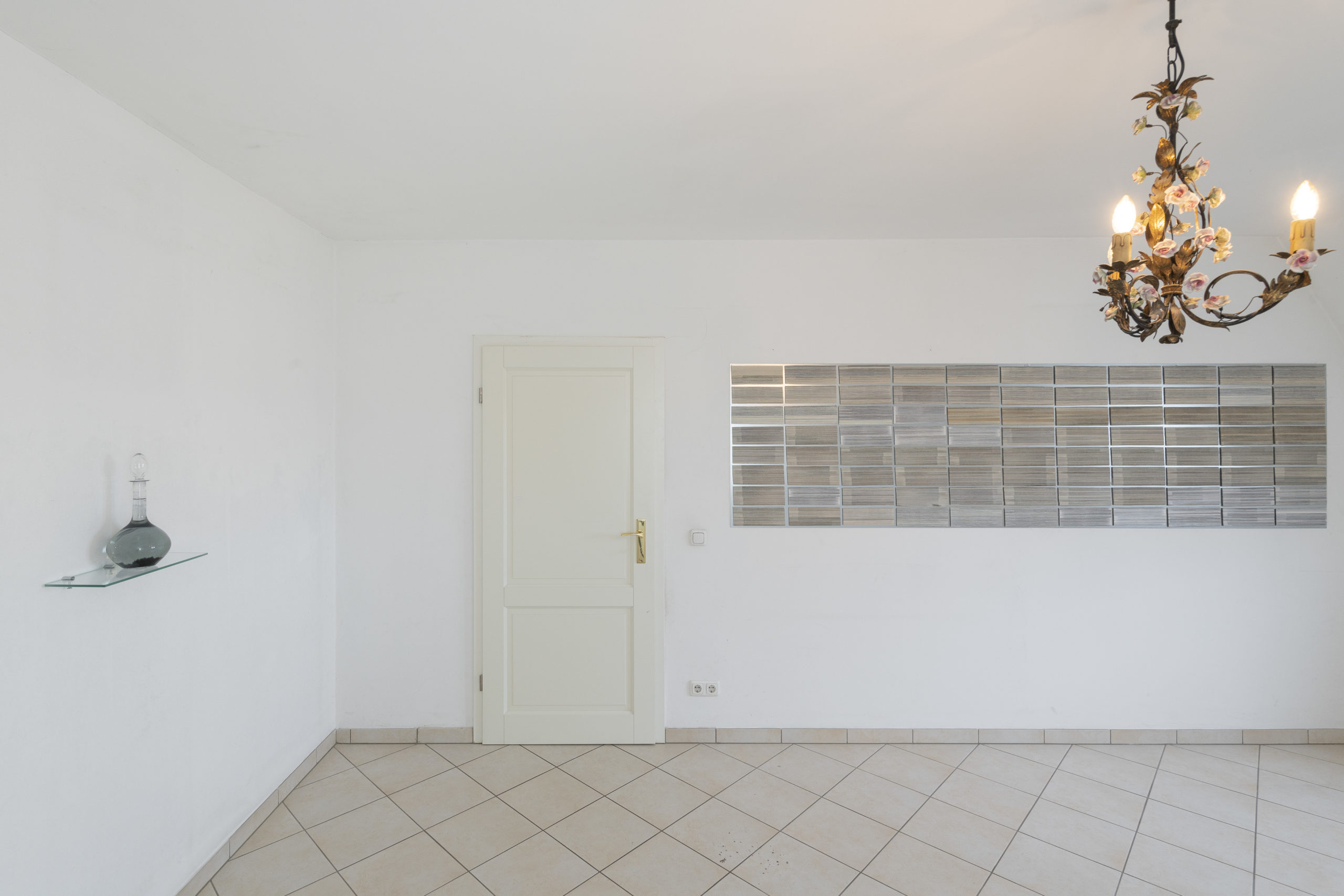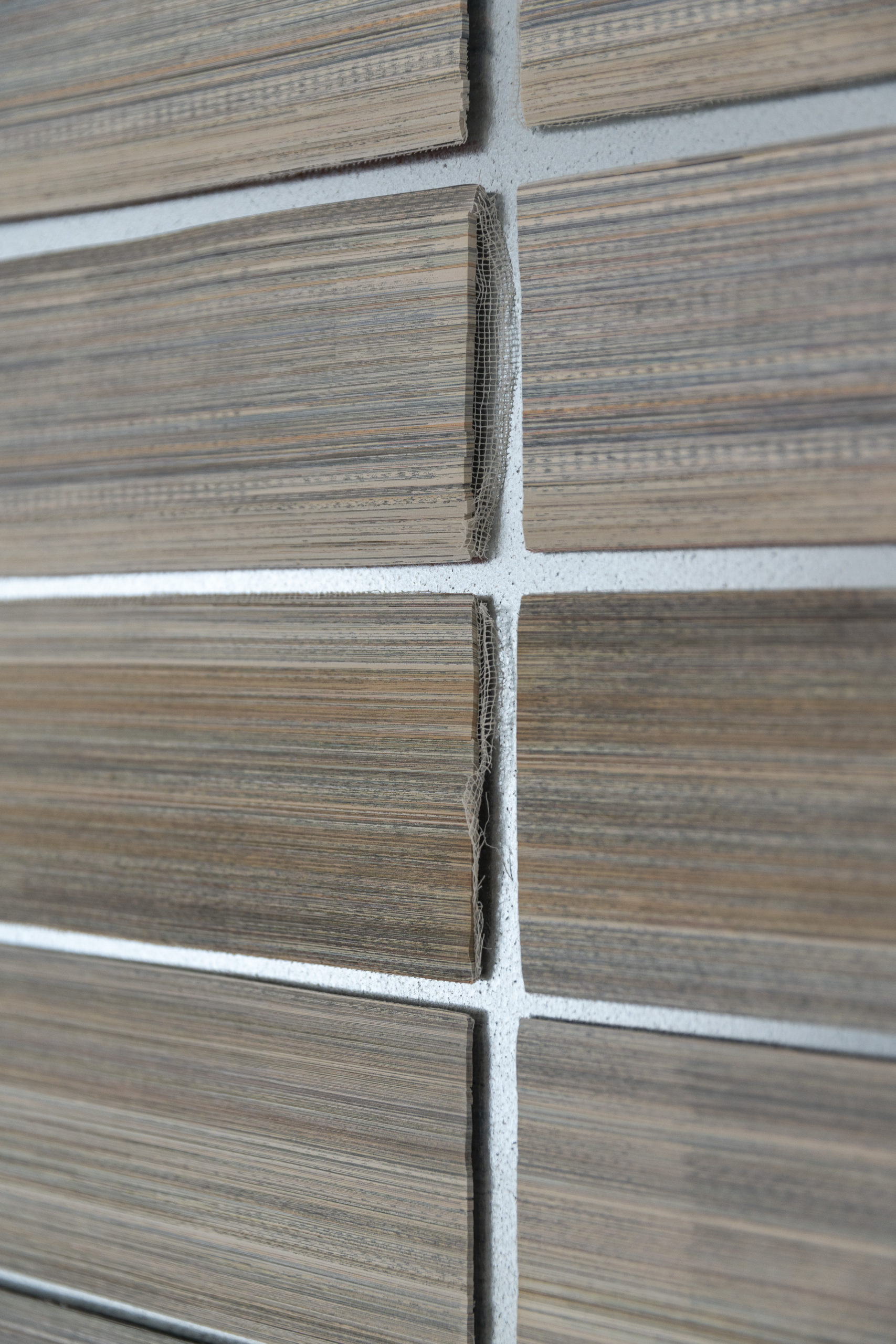EXPLORELibrary – Not Reading Room
Fernanda Fragateiro, (Não) Ler “Ulisses”, James Joyce, Relógio D’Água Editores, 2013
© Fernanda Fragateiro

Marila Dardot, A pronúncia do mundo, 2016
© Edouard Fraipont
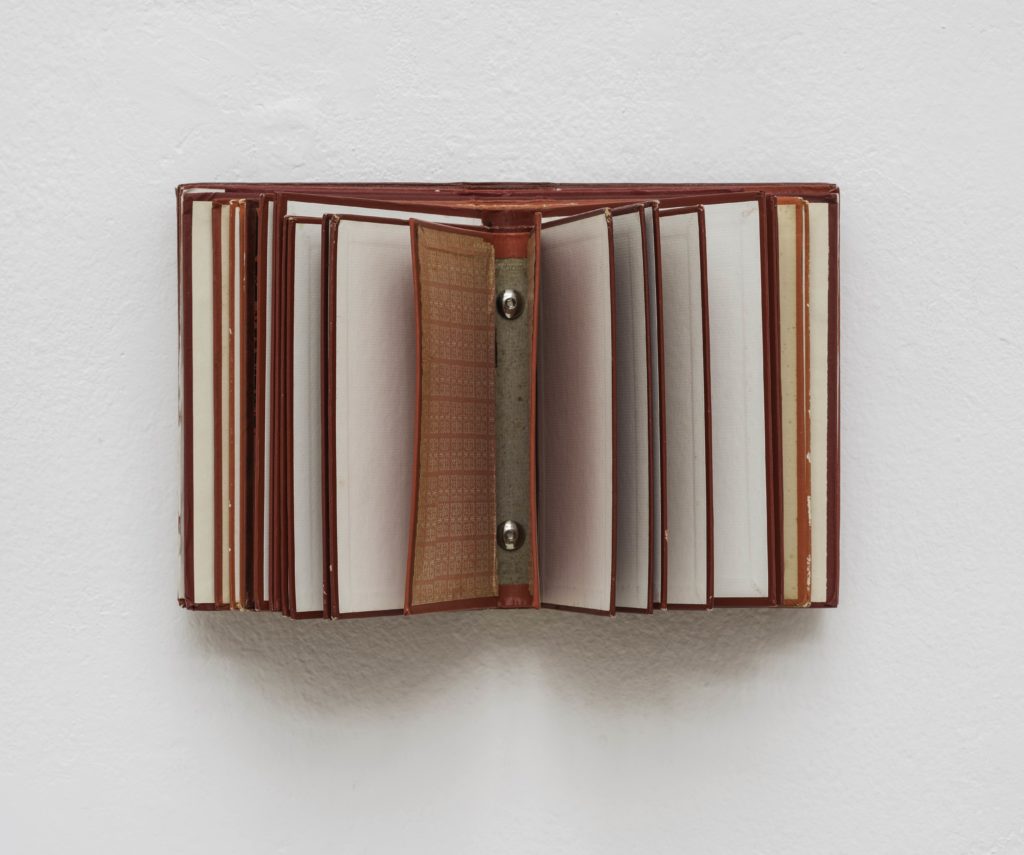
A semicircle formed by red book covers, symbolically linked to revolutionary thought, which were stripped of their pages, their previous speeches. The other half of the circle is action.
MARILA DARDOT
Fernanda Fragateiro, La fin du language, 2013
© António Jorge Silva
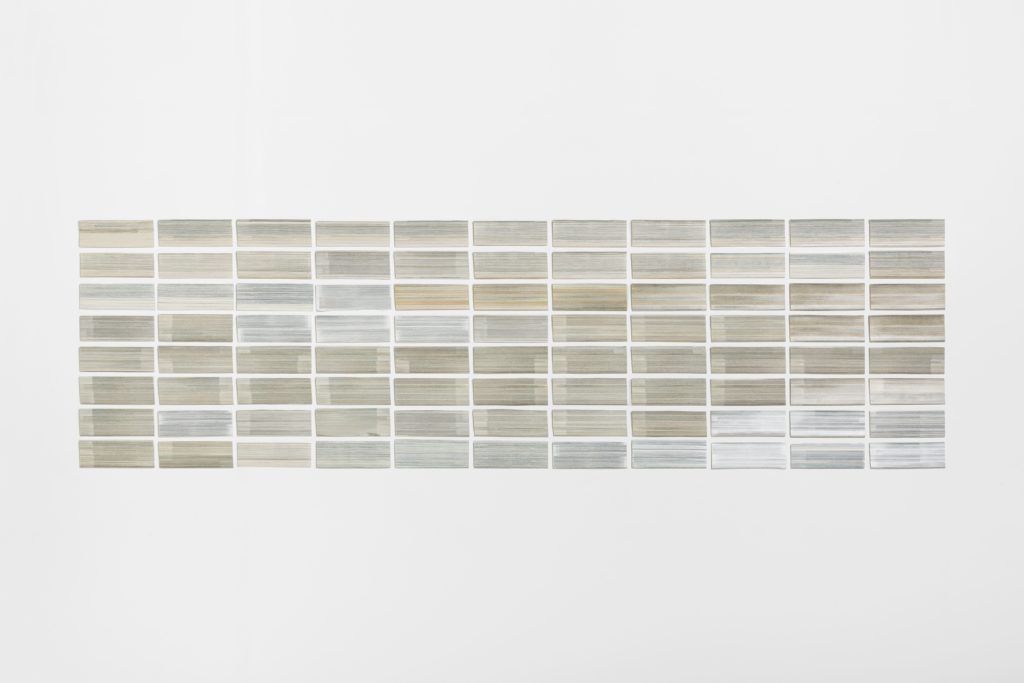
I began by cutting up a book and in this operation I found a drawing. It was not my hand that made it but rather my action that set off the discovery. The drawing contained within the book became visible. I am very interested in this process: not drawing exactly, but rather revealing what was already there, using processes that I do not totally control.
FERNANDA FRAGATEIRO
Antonio Riello, from the series Ashes to Ashes, all 2012
The White Tiger, Ulysses , Walden, or Life in the Woods, Bel Ami, Auto Da Fe’ (Beidung), Utopia, Tintin (Objective Lune), El Sukkareta, Mensagem
© Antonio Riello
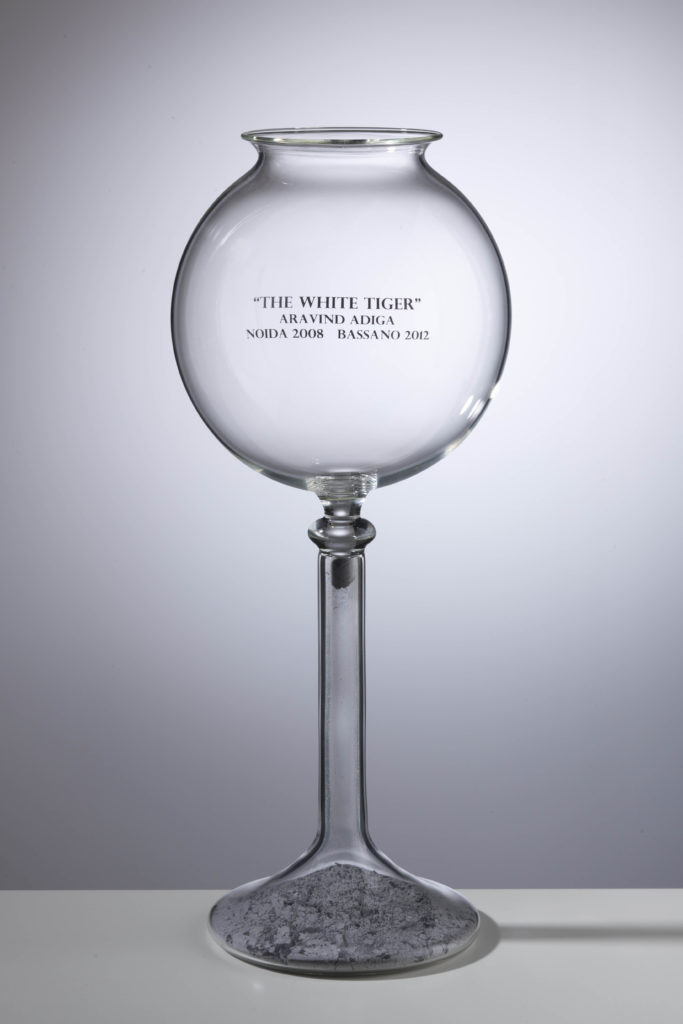
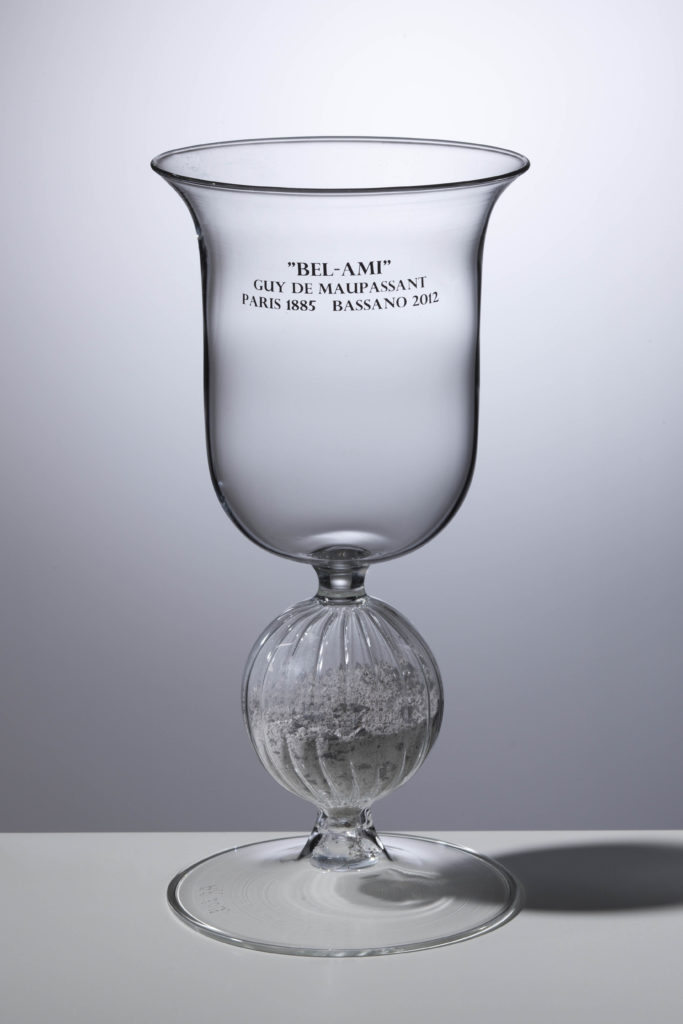
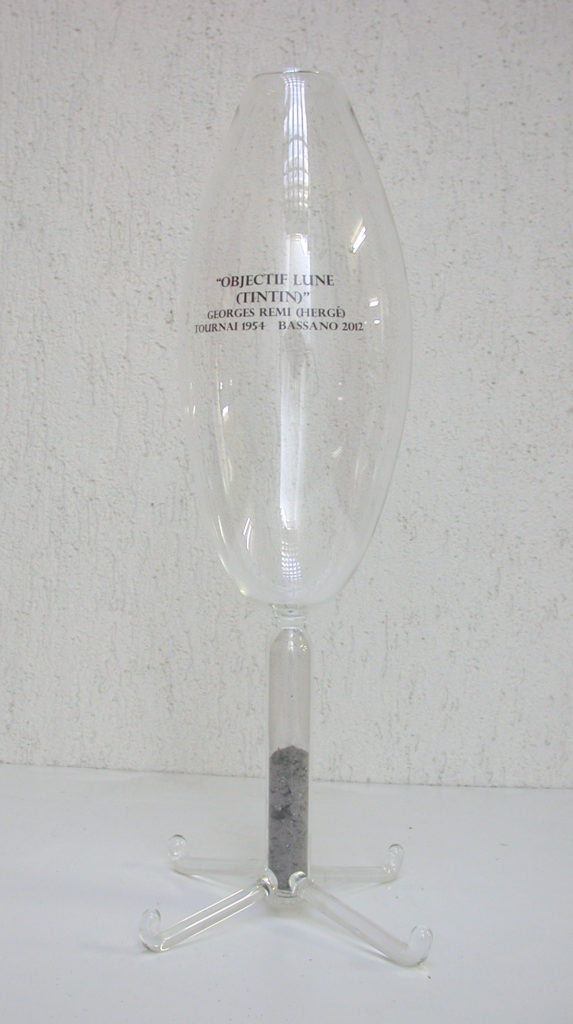
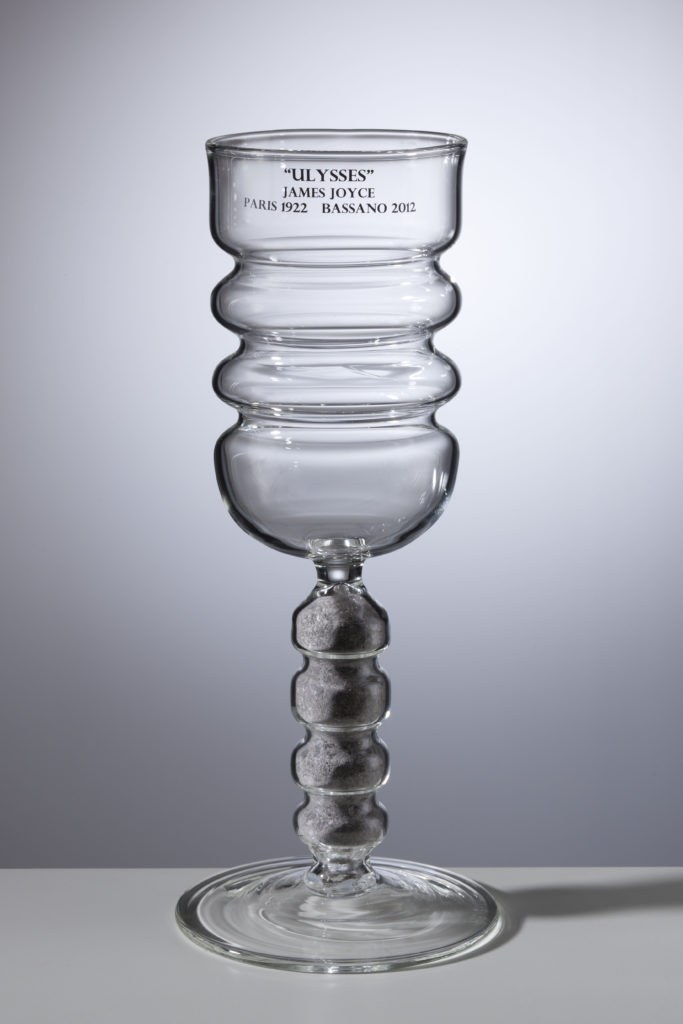
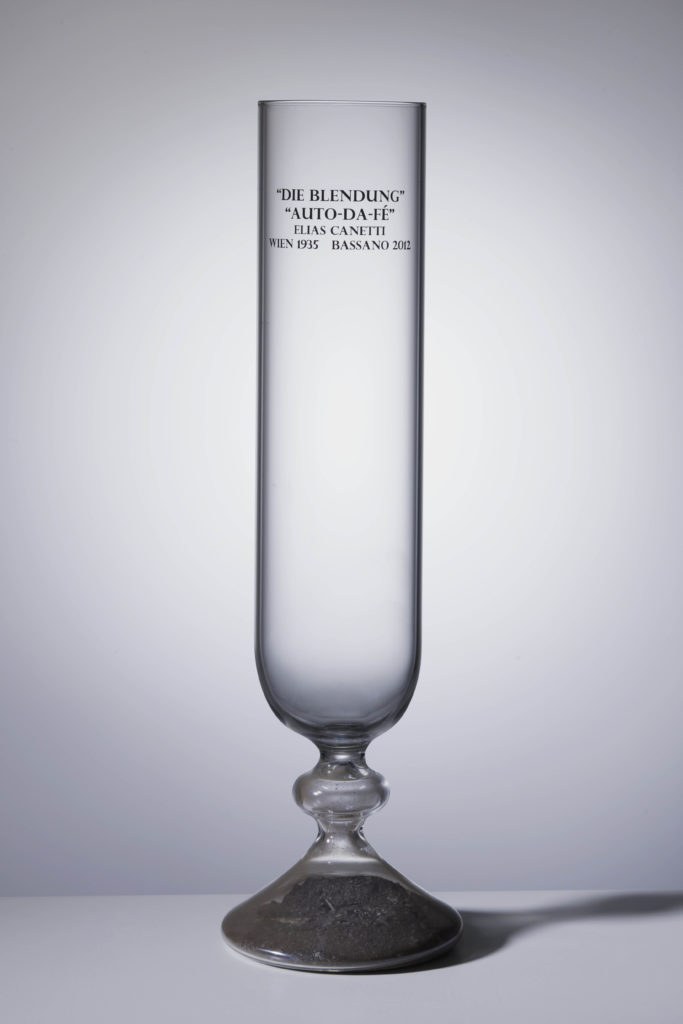
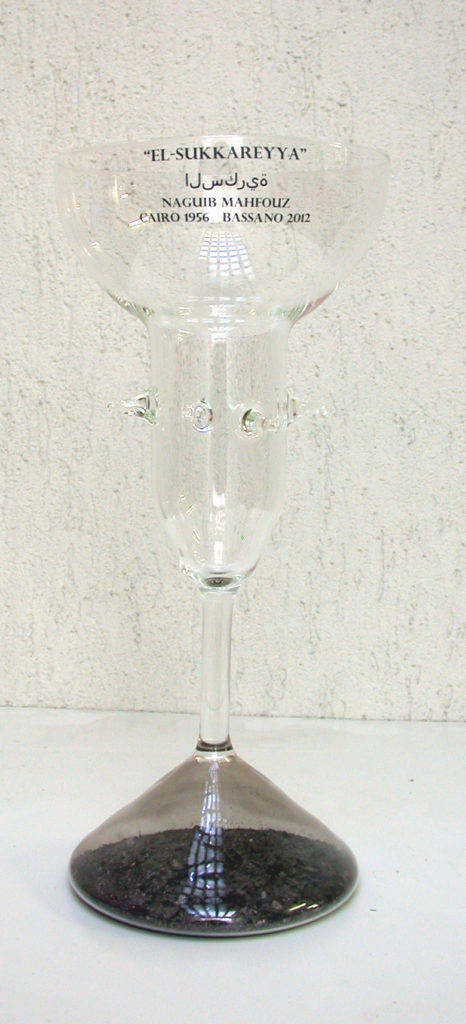
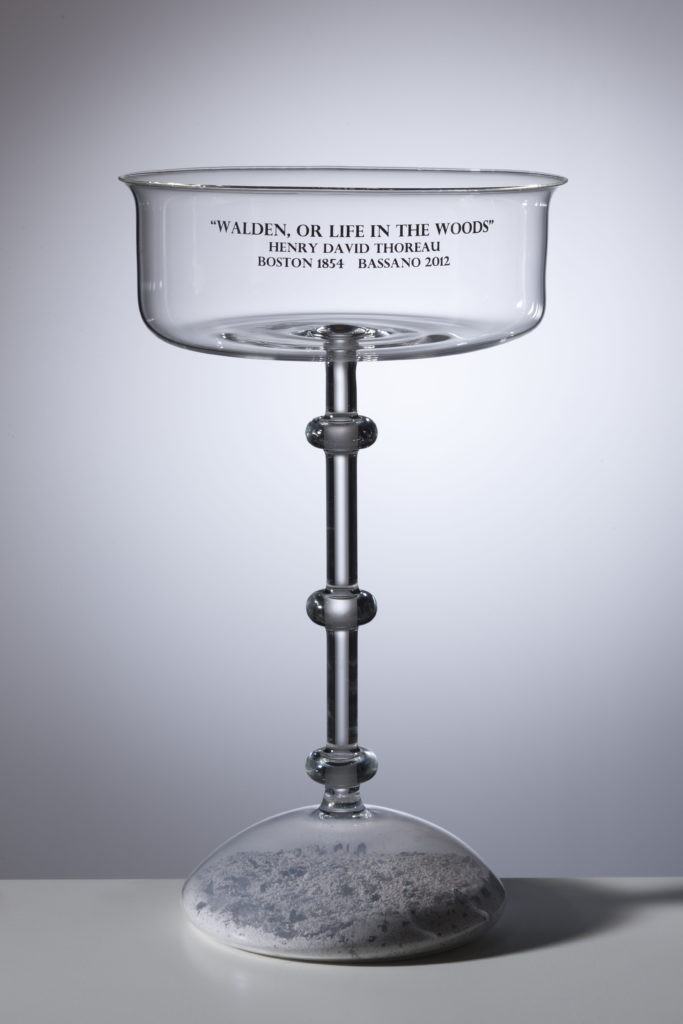

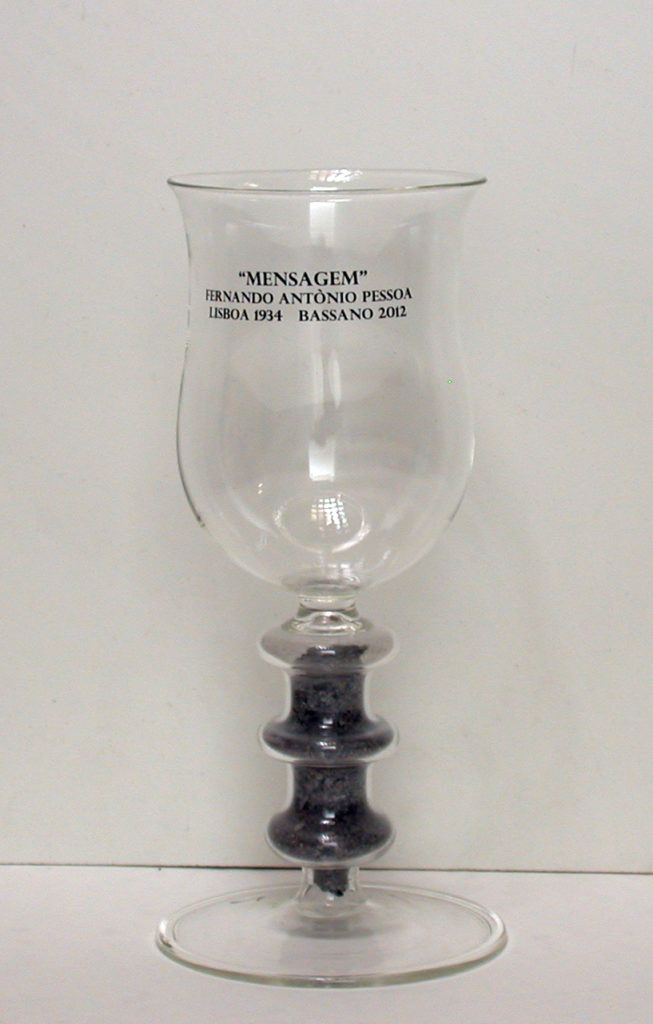
An open Art project that sounds like an outrageously cruel gesture tantamount to physical torture: book burning inflicts a great loss on personal and cultural heritage. An act of morbid & extreme love for all the books of the world.
ANTONIO RIELLO
James Webb, Untitled, We do not live in this world alone, but in a thousand worlds, 2016
© James Webb
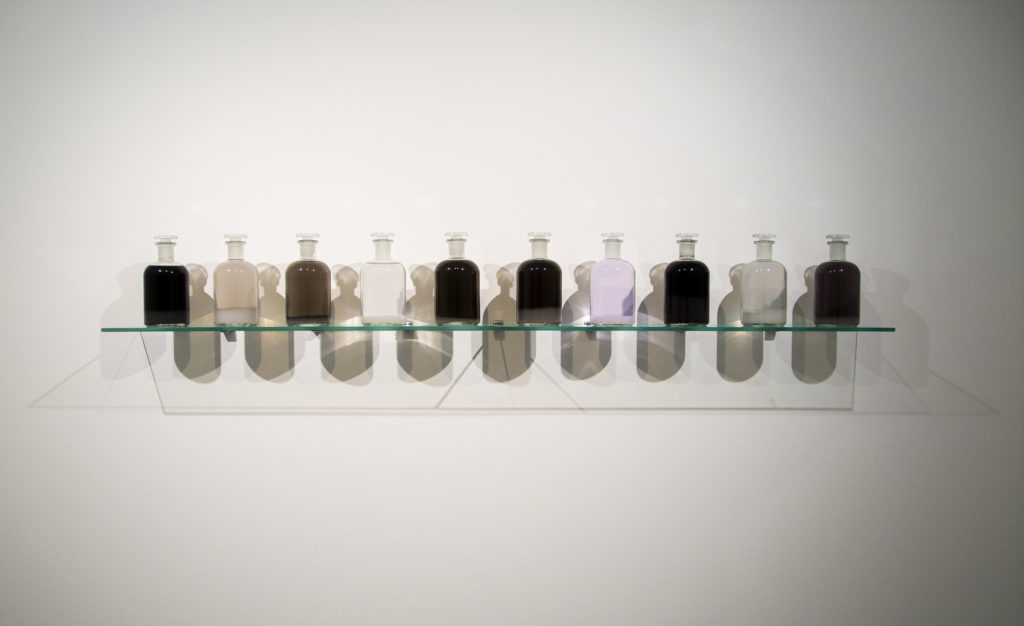
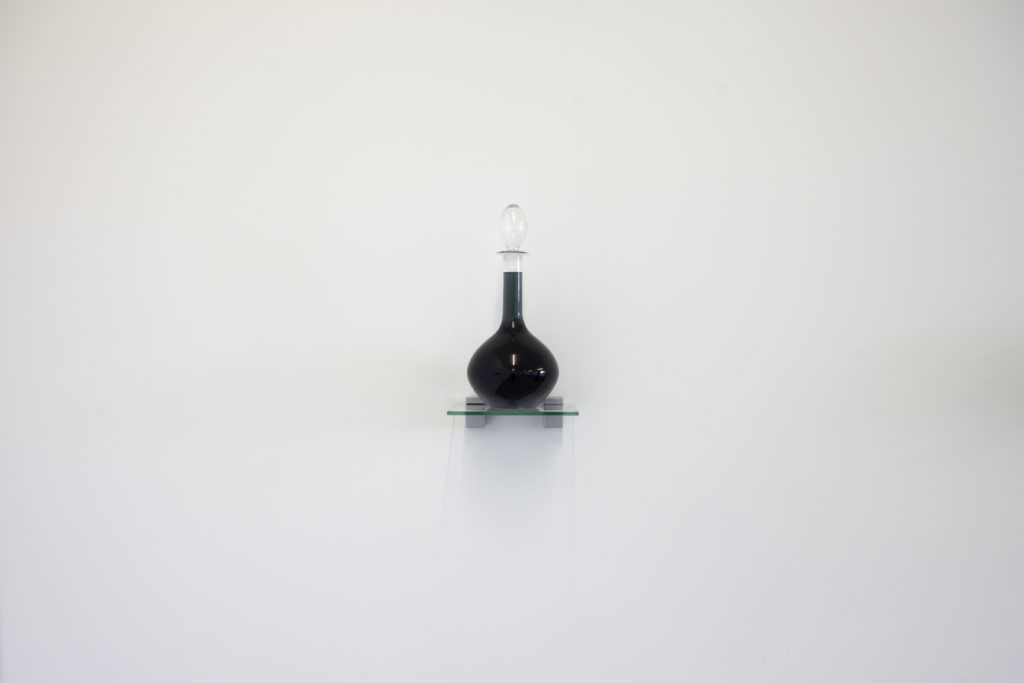
The work comprises 10 texts written on soluble paper, dissolved in water, and presented in 10 glass vials. The ink of the text colours the water, and the message can be thought of as gaining the agency of liquid.
JAMES WEBB
The work contains the poem “In The Deserts Of Exile” by Jabra Ibrahim Jabra transcribed with ink on soluble paper, dissolved in water, and presented in a glass vial.
JAMES WEBB
Azagdeh Razaghdoost, Letters, 2009-2011
© Azagdeh Razaghdoost
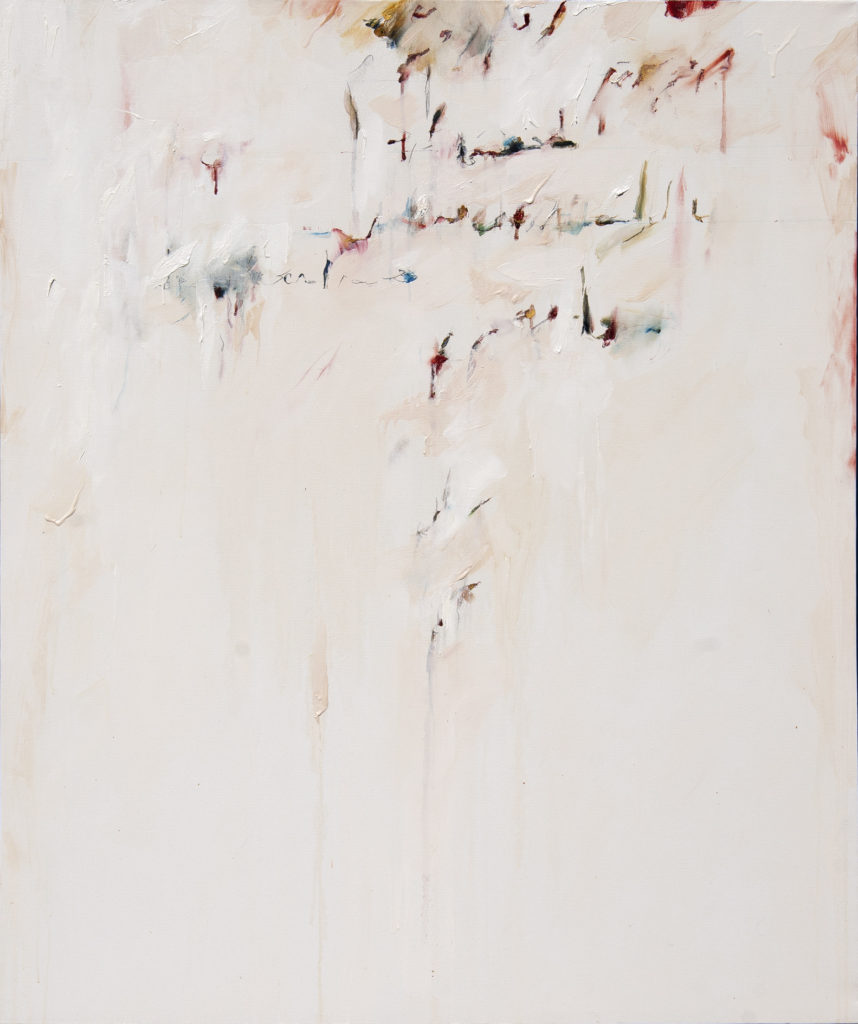
Azadeh Razaghdoost compares her artistic work with her childhood wish to become a heart surgeon. Whether physician or artist, both operate on the open heart, be this an organ or metaphor. Both deal with physical matter – and battle with it repeatedly until the desired ideal is reached.
Rainer Pfnür, untitled, 1980
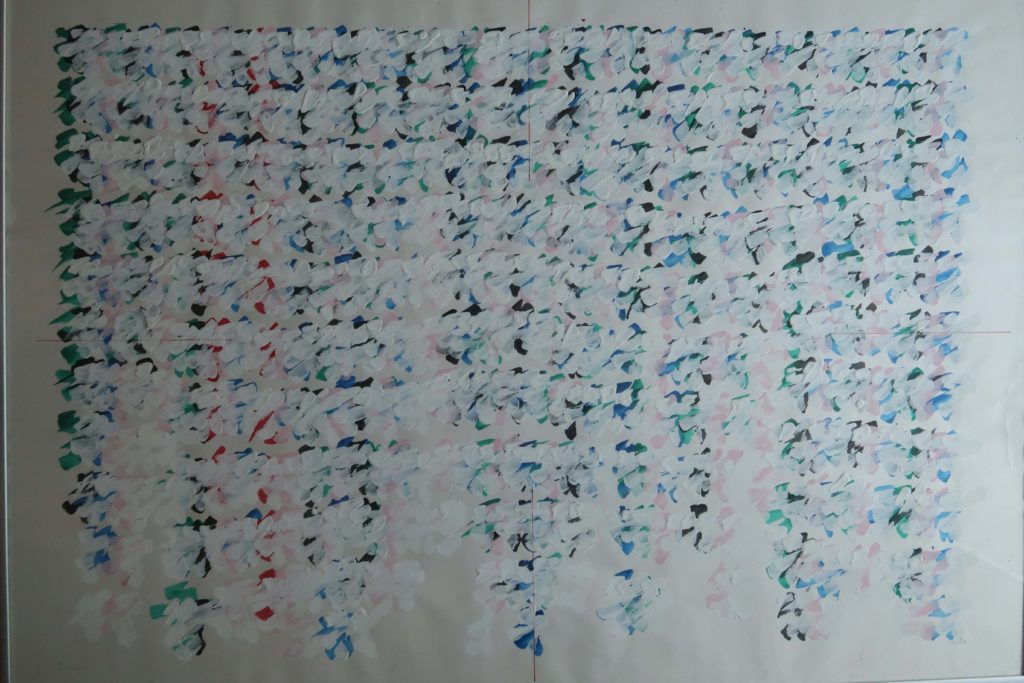
In this respect, he also created an amazing alphabet of visual symbols and building on that, transformed selected poems into unique pieces of art like in his “Love Letters” series from the 70s or in his project on Hoelderlin’s Fours Seasons.
CLAUDE CALVARIN

